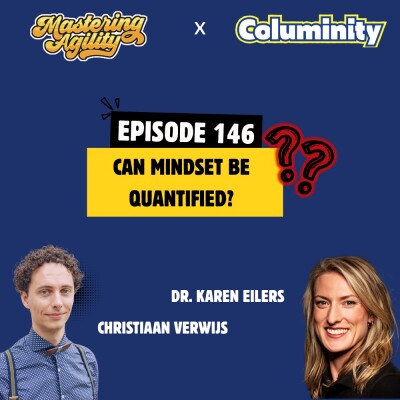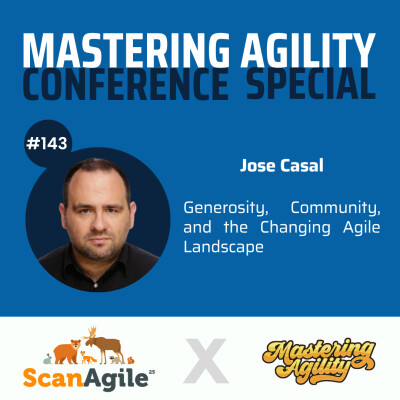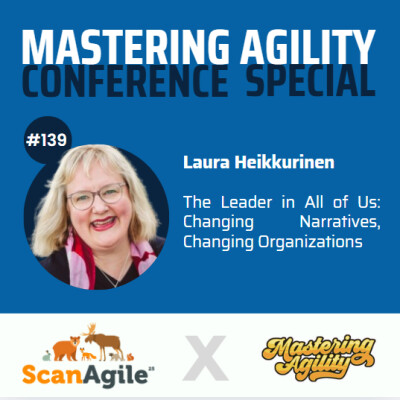Description
Why is it that products are so hard to develop and deliver?
How can we truly deliver value with so many different variables that can affect the outcome?
We are Sander Dur and Jim Sammons, professional consultants and trainers who support organizations in their pursuit of creating valuable products. Passionate about helping the community and practitioners apply the theory many authors and thought leaders bring to the industry, we started this podcast to make these concepts more accessible.
This podcast will change your career and organization. You’ll be entertained while learning about the industry’s leaders and other practitioners, and you’ll feel familiar with the situations discussed as we invite guests over and discuss tools, concepts, models, metrics, leadership, frameworks, and many more elements that help you deliver amazing products.
Both of us understand the many struggles, challenges, antipatterns, and dysfunctions many of us face in our daily working lives. We are here to provide actionable advice and strategies for you to create continuous improvement. You will find things that actually work for many organizations, as we and our guests have tried and tested them.
You will find a goldmine of actionable information from many fields, including the space industry, Formula 1, psychology, and Silicon Valley’s top entrepreneurs. We break down these complex topics into easily digestible insights that you can start applying in your careers right away. The best part is that you can even join our live recordings to ask your most burning questions and get them answered based on your needs!
We dive deep into the world of business agility, product discovery, delivery, validation, product management, and product frameworks like Scrum, Kanban, LeSS, and many more. We’ll explore the benefits of decentralized decision-making, autonomous empowered teams, leadership, and much more. We empower you with the information you need to become the leaders your organization deserve.
Hosted on Ausha. See ausha.co/privacy-policy for more information.










